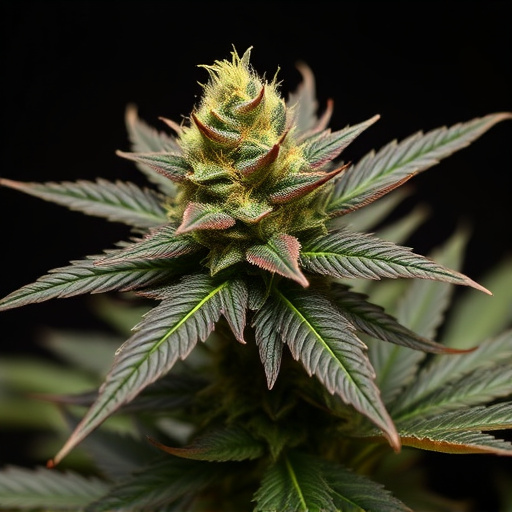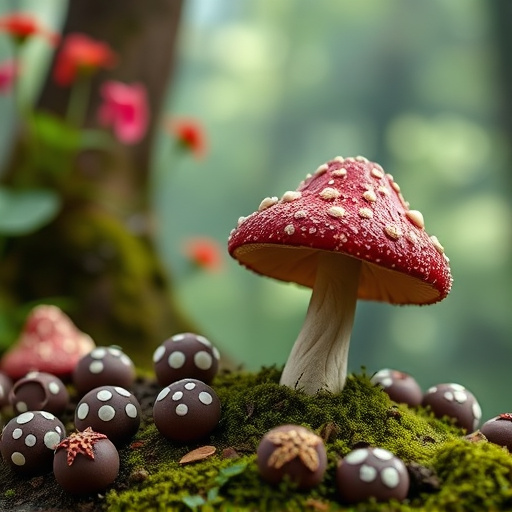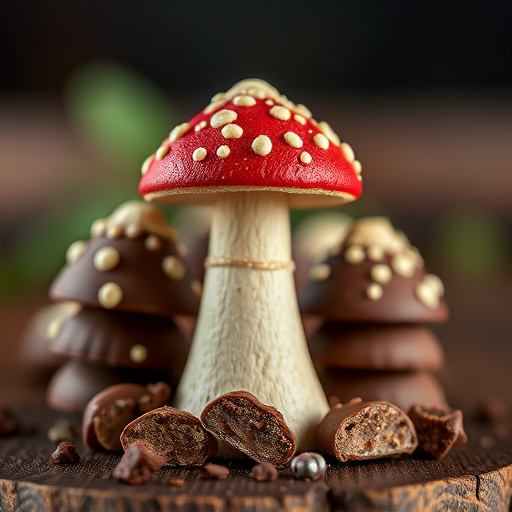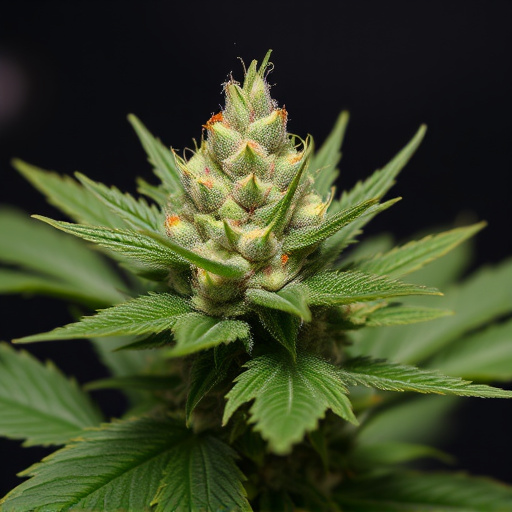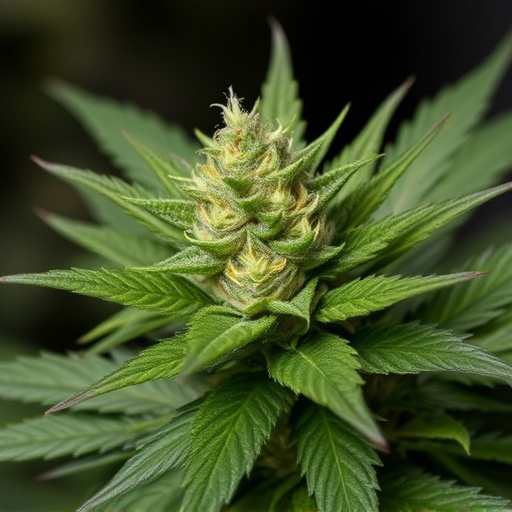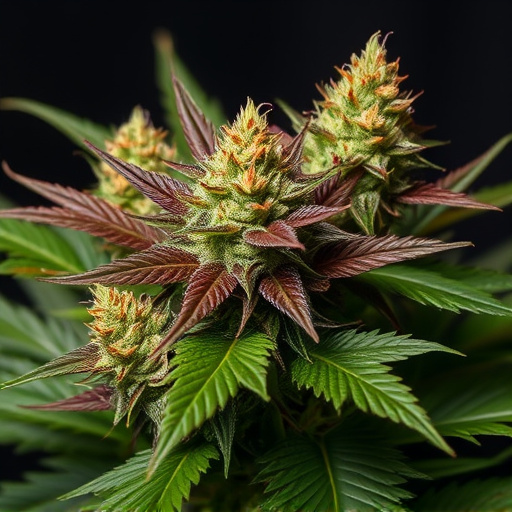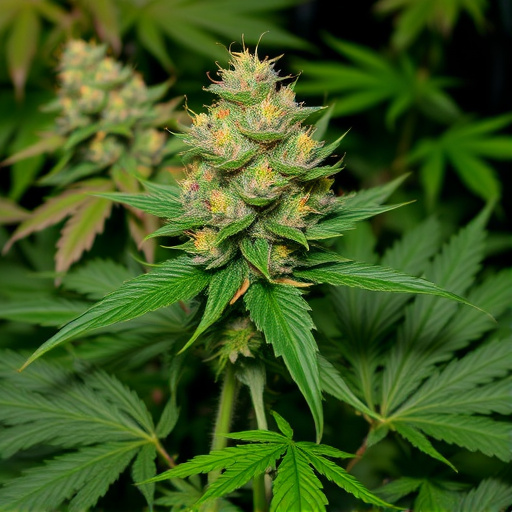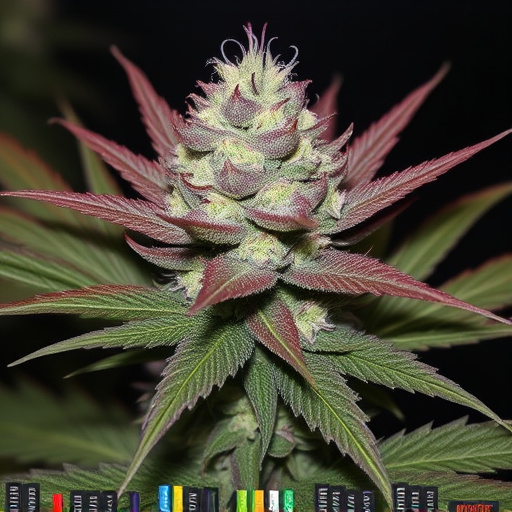The shift from traditional burning to modern vaporization has transformed smoking methods, especially for users of hybrid weed strains. Vaporizers heat plant material at lower temps, creating vapor that preserves flavors and reduces exposure to harmful byproducts. This advanced approach offers better control over dosage and intake speed, providing a smoother experience while prioritizing health. Hybrid weed strains, developed through crossbreeding, offer diverse effects from energizing to calming, excelling in vaporization and edible consumption. These methods enhance the appeal and versatility of cannabis, allowing users to make informed, health-conscious choices when exploring different smoking techniques.
In the ever-evolving world of cannabis consumption, understanding diverse smoking methods is paramount. This article delves into three key aspects: traditional burning versus modern vaporization, the role of hybrid weed strains in alternative approaches, and a comparative analysis of health implications across various smoking techniques. By exploring these facets, we aim to provide insights that cater to both seasoned consumers and those curious about cannabis’s evolving landscape, particularly with the rise of hybrid weed strains.
- Traditional Burning vs. Modern Vaporization: Exploring the Differences
- The Role of Hybrid Weed Strains in Alternative Smoking Methods
- Evaluating Health Implications: A Comparison Study of Various Smoking Techniques
Traditional Burning vs. Modern Vaporization: Exploring the Differences
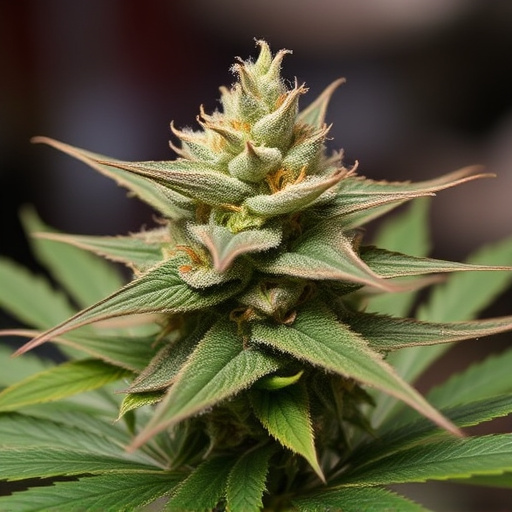
In the realm of smoking methods, a significant evolution has occurred with the shift from traditional burning to modern vaporization. While traditional methods involve burning hybrid weed strains, which releases smoke containing cannabinoids and terpenes, vaporizers offer a more advanced approach. These devices heat the plant material to a lower temperature, transforming it into vapor. This process not only preserves the delicate flavors and aromas associated with specific hybrid strains but also allows for greater control over dosage and intake speed.
Modern vaporization provides users with a smoother and often more enjoyable experience compared to traditional burning. It reduces the risk of inhalation of harmful byproducts, such as tar, commonly found in smoke. Additionally, vaporizers often come equipped with advanced features like temperature control settings, ensuring a precise and personalized smoking session. This advancement in technology has attracted many enthusiasts who seek both recreational and medicinal benefits from hybrid weed strains while prioritizing their overall well-being.
The Role of Hybrid Weed Strains in Alternative Smoking Methods

The rise of alternative smoking methods has been accompanied by an equally significant evolution in cannabis cultivation. Hybrid weed strains, meticulously crafted through crossbreeding, play a pivotal role in enhancing the versatility and appeal of these novel consumption approaches. These hybrids offer a diverse range of effects, from invigorating highs to soothing relaxants, catering to various preferences and desired outcomes.
In alternative smoking methods like vaporization or edible consumption, hybrid strains contribute significantly. Vaporizers allow users to appreciate the subtle nuances of different strains, as the heat activates specific cannabinoids without combustion. Edibles, on the other hand, provide a more intense and prolonged high, making hybrid strains ideal for creating balanced experiences that cater to both recreational and medicinal users.
Evaluating Health Implications: A Comparison Study of Various Smoking Techniques
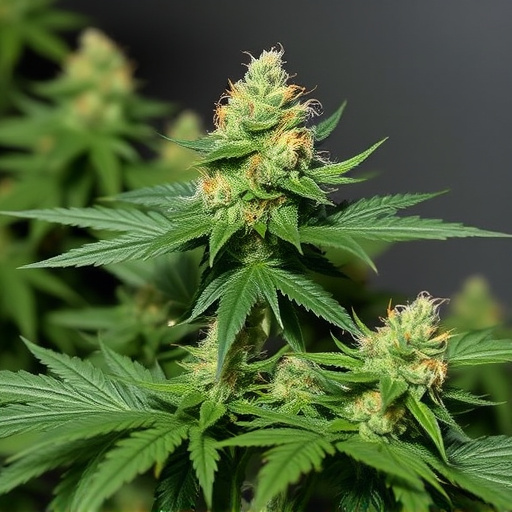
When evaluating health implications, different smoking methods can significantly impact how users experience and potentially harm their bodies. For instance, while traditional cigarette smoking is well-documented for its severe health risks, including lung cancer and heart disease, newer methods like vaporizers offer a potential alternative with reduced exposure to harmful chemicals. These devices heat hybrid weed strains to produce vapors rather than burning them, thereby minimizing the intake of tar and other toxic compounds.
In contrast, smoking through bongs or pipes can lead to more efficient inhalation of smoke due to their design, but this also means users may be exposed to higher concentrations of tar and other harmful particles. Moreover, smoking methods like edibles or concentrates deliver cannabinoids through the digestive system, offering a slower and more prolonged effect with potential benefits in terms of reduced strain on respiratory systems but requiring careful dosing to avoid adverse reactions. Understanding these variations is crucial for consumers looking to make informed decisions about their health while enjoying different smoking techniques.
In exploring traditional burning versus modern vaporization, and considering the role of hybrid weed strains in alternative smoking methods, it’s clear that the landscape of consumption is evolving. Each method has its unique advantages and potential health implications, with vaporization emerging as a potentially safer alternative. As we navigate this changing world, understanding the differences and making informed choices regarding smoking techniques, especially when incorporating hybrid weed strains, is key to enjoying a more responsible and healthy experience.

